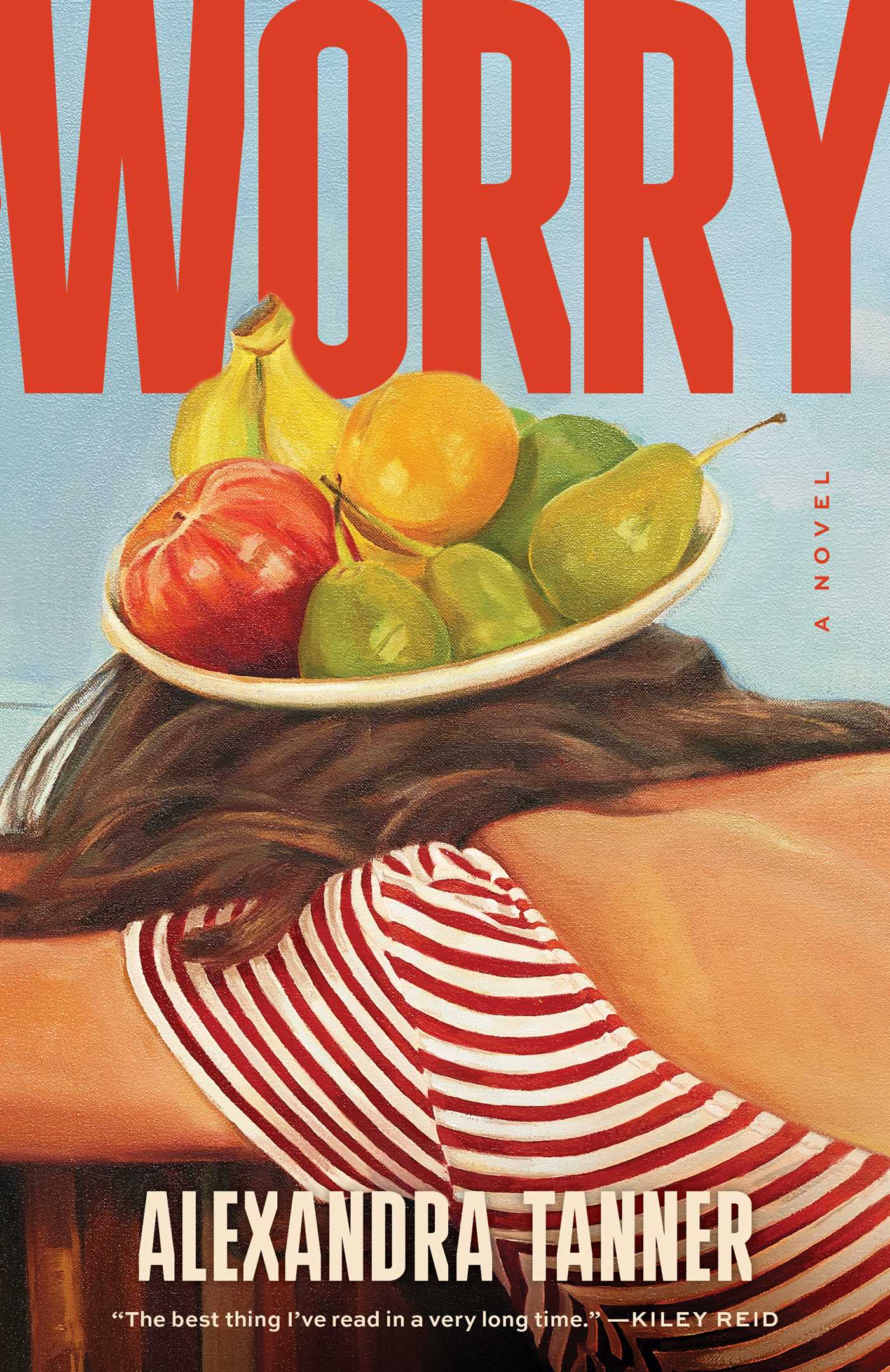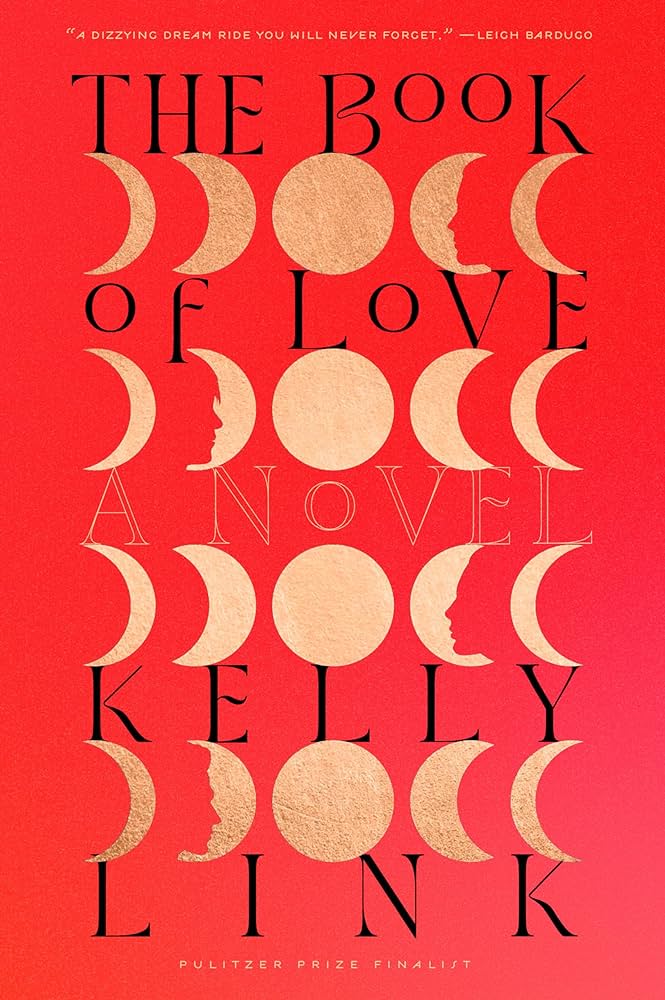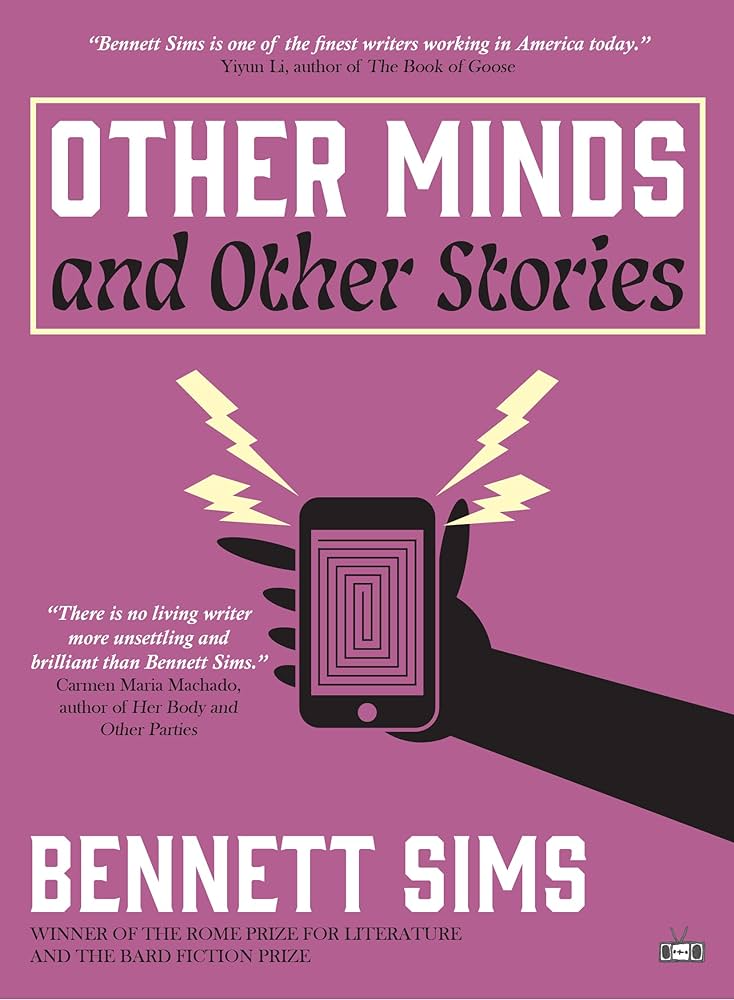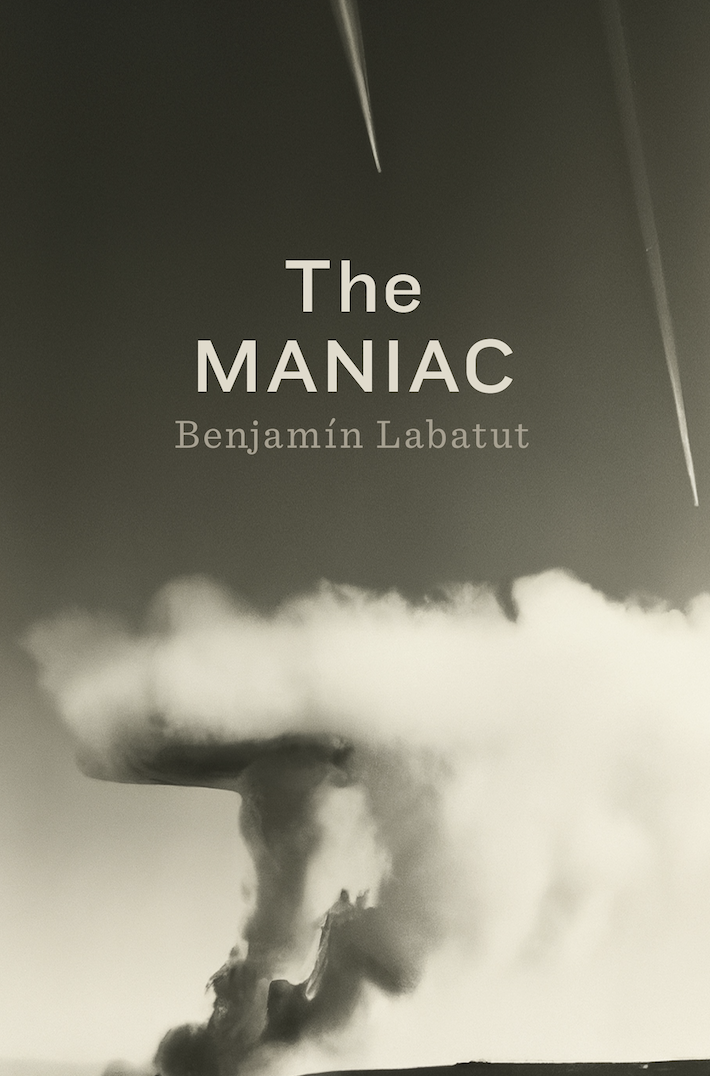 After producing four acclaimed works of fiction, Aleksandar Hemon has come out with his first collection of non-fiction, The Book of My Lives. It’s the perfect title. Perfect because Hemon’s life has been almost surgically split in two by politics and genocide. But as this beguiling and heart-felt memoir reveals, there are lives within those two lives. Lives within lives within lives. There is, it seems, no end to the lives of Aleksandar Hemon.
After producing four acclaimed works of fiction, Aleksandar Hemon has come out with his first collection of non-fiction, The Book of My Lives. It’s the perfect title. Perfect because Hemon’s life has been almost surgically split in two by politics and genocide. But as this beguiling and heart-felt memoir reveals, there are lives within those two lives. Lives within lives within lives. There is, it seems, no end to the lives of Aleksandar Hemon.
The story begins with the birth of Hemon’s sister in Sarajevo in 1969, when he was four and a half years old. The birth of this sister — this rival — is his introduction to the multiple fracturings that will come to shape his lives. In a crude and cruel attempt to return life to the way it used to be, the young boy tries to kill his rival, choking her, pressing his little thumbs against her windpipe, “as seen on television.” Mercifully, the attempted sororicide is thwarted by the victim’s sudden vomiting. The would-be killer lies his way out of trouble, arriving at this conclusion: “Throughout my boyhood I always knew more and better than my parents thought I did — I was always a little older than what they could see.” And this: “Never again would I be alone in the world, never again would I have it exclusively to myself. Never again would my selfhood be a sovereign territory devoid of the presence of others. Never again would I have all the chocolate to myself.”
After this chilling beginning, the book portrays a largely sunny boyhood spent in Sarajevo in the years of Tito and socialism, before the insanity and the bloodletting engulfed Yugoslavia. One of young Aleksandar’s earliest discoveries is the notion of the Other, reinforced by informal neighborhood gangs, their little wars, their marking and protecting of turf. One day at a birthday party for a friend named Almir, Aleksandar asks where his colorful, fluffy — and very un-socialist — sweater came from. Turkey, Almir replies. “So you are a Turk!” Aleksandar says, trying to make a joke. ut Almir starts crying and the party is ruined. Only later does Alexandar learn that Turk is a derogatory, racist word for a Bosnian Muslim. Which gives Hemon an opening for this dark bit of foreshadowing:
(Years later, I would recall my inadvertent insult, yet again, while watching the footage of Ratko Mladic speaking to a Serb camera upon entering Srebrenica, where he was to oversee the murder of eight thousand Bosnian Muslim men — “This is the latest victory in a five-hundred-year-long war against the Turks,” he said.) After Almir’s birthday party, I learned that a word such as Turk could hurt people… (T)he moment you point at a difference, you enter, regardless of your age, an already existing system of differences, a network of identities, all of them ultimately arbitrary and unrelated to your intentions, none of them a matter of your choice.
What Hemon has given us here is nothing less than the source of the ethnic cleansing that would soon tear his homeland apart. This notion of difference — and the displacement that so often flows from it — will also become major theme of Hemon’s writing.
The book moves through other formative experiences — vacations, meals, army service, deep readings of Kafka and Mann — before arriving at Hemon’s earliest attempts to write. While enrolled at the University of Sarajevo in the 1980s, he joins a subversive performance group. He writes “self-pitying” poetry. He and his friends throw a birthday party with a Nazi theme, which backfires drastically. Hemon is interrogated by State Security, the Yugoslavian equivalent of the East German Stasi, he is ostracized, his family is placed under surveillance. Hemon has had rotten luck with birthday parties.
But he had begun to write short fiction as well as “opinionated pieces on film, literature, and general stupidity” for a local radio station. He is allowed to read his fiction on a popular show under the rubric “Sasha Hemon Tells You True and Untrue Stories.” His greatest creation is an imaginary figure named Alphonse Kauders, supposedly the subject of extensive research by Hemon. In a glorious bit of Dada, Hemon reads the Kauders stories deadpan and is stunned by the response of a large, gullible and outraged audience. “It was an exhilarating moment,” he writes, “when fantasy ruptured reality and overran it, much akin to the moment when the body rose from Dr. Frankenstein’s surgical table and started choking him.” In that moment, a fiction writer was born.
As the 1990s arrive and war looms, Hemon becomes a columnist and culture editor for a biweekly magazine. “Those happy days before everything collapsed,” he writes, “when anything at all went far in inducing life-saving oblivion!” Those things included playing slot machines, getting stoned and drunk, getting laid, singing Dean Martin songs, dancing madly. “I published an editorial…” Hemon writes, “arguing that it was everybody’s urgent duty to dance more if we wanted to stop the oncoming catastrophe.”
But of course no one could dance or drink or fuck enough to stop the oncoming catastrophe. To his surprise, Hemon is accepted into a month-long cultural exchange program run by the American Cultural Center, and he leaves for Chicago in early 1992, just before Sarajevo is placed under siege. His parents and sister are among the last to escape the doomed city, ultimately settling in Canada.
Now another life begins for Hemon, the life of the refugee, a new kind of Other. In an effort to improve his English, he gets a job canvassing in Chicago for Greenpeace, he walks the streets of this strange new city, he follows TV reports of the war back home, he enrolls in graduate school, he plays soccer with a delicious stew of immigrants, and he gets a job identifying photographs of destroyed and damaged buildings in Sarajevo. But his paralysis is complete: “Deeply displaced, I could write neither in Bosnian nor in English.”
For me, the Chicago section of this book is less compelling than what came before. I simply could not muster much interest in Hemon’s exploits on the soccer pitch or at the chess board, or his list of reasons why he does not wish to leave Chicago. The writer in me wanted to know how he managed the Nabokovian feat of writing highly original, highly acclaimed fiction in a foreign language.
Just when I was beginning to feel short-changed, I came to the final, and most powerful, chapter of the book. It’s called “Aquarium,” a metaphor for the state of mind Hemon and his second wife entered when their 9-month-old daughter Isabel was diagnosed with a rare and usually fatal brain tumor. “One early morning, driving to the hospital,” he writes, “I saw a number of able-bodied, energetic runners progressing along Fullerton Avenue toward the sunny lakefront, and I had an intensely physical sensation of being inside an aquarium: I could see outside, the people outside could see me inside (if they somehow chose to pay attention), but we lived and breathed in entirely different environments.”
The brute agony of the couple’s medical war is painful to read because the detail is so rich, the emotions so raw, the outcome so pre-ordained and so bad. This is not an addition to the growing literature on grief; rather, it is a precise mapping of the state of shock.
And so we have come full circle. The book began with the attempted murder of an infant sister, and it ends with the soul-crushing death of an infant daughter. Hemon’s life, split in half by politics, splits yet again — to the time before Isabel’s death and the time after. It is in the aftermath of this horror that Hemon, unexpectedly, stunningly satisfies my hunger to understand how he became a celebrated writer of fiction. As Isabel’s ordeal worsens, her 3-year-old sister Ella conjures an imaginary brother, a way for her to cope with her sister’s illness and, simultaneously, make use of her own blossoming verbal skills. Hemon suggests that Ella name the chimera Mingus, after a favorite jazz musician. A cousin of Ella’s gives her an inflatable blue space alien doll, which serves as the physical manifestation of the imaginary brother. Soon Mingus has a sister, his own set of parents, an apartment around the corner. Listening to his daughter spin this narrative, Hemon, possibly recalling Alphonse Kauders, has a revelation:
One day at breakfast, while Ella ate her oatmeal and rambled on about her brother, I recognized in a humbling flash that she was doing exactly what I’d been doing as a writer all these years: in my books, fictional characters allowed me to understand what was hard for me to understand (which, so far, has been nearly everything). Much like Ella, I’d found myself with an excess of words, the wealth of which far exceeded the pathetic limits of my biography. I’d needed narrative space to extend myself into; I’d needed more lives; I, too, had needed another set of parents, and someone other than myself to throw my metaphysical tantrums. I’d cooked up these avatars in the soup of my ever-changing self, but they were not me — they did what I wouldn’t or couldn’t. Listening to Ella furiously and endlessly unfurl the yarns of the Mingus tales, I understood that the need to tell stories is deeply embedded in our minds, and inseparably entangled with the mechanisms that generate and absorb language. Narrative imagination — and therefore fiction — is a basic evolutional tool of survival. We process the world by telling stories and produce human knowledge through our engagement with imagined selves.
Selves within selves. Lives within lives. Even life within death. What more could any reader — or writer — ask for?








